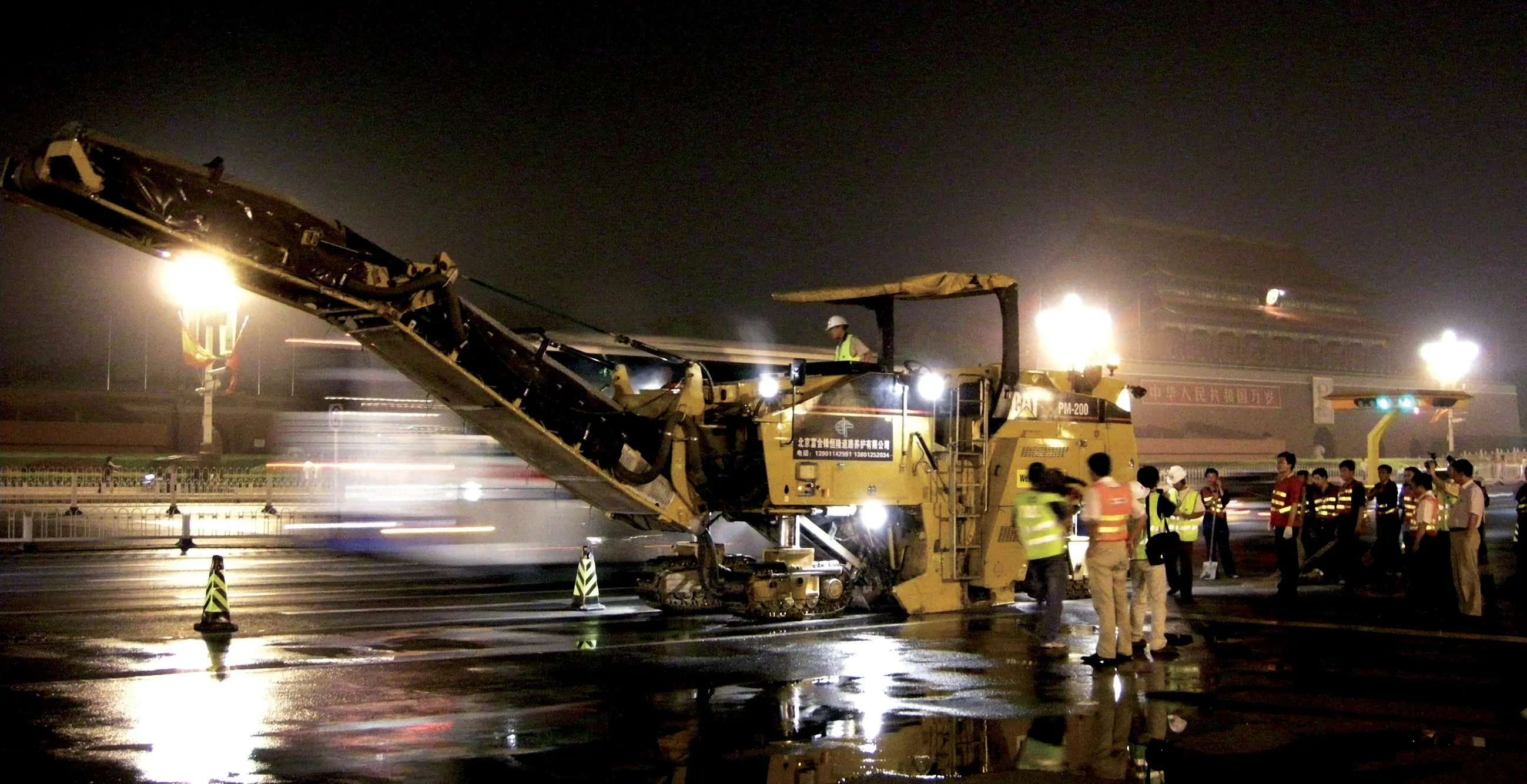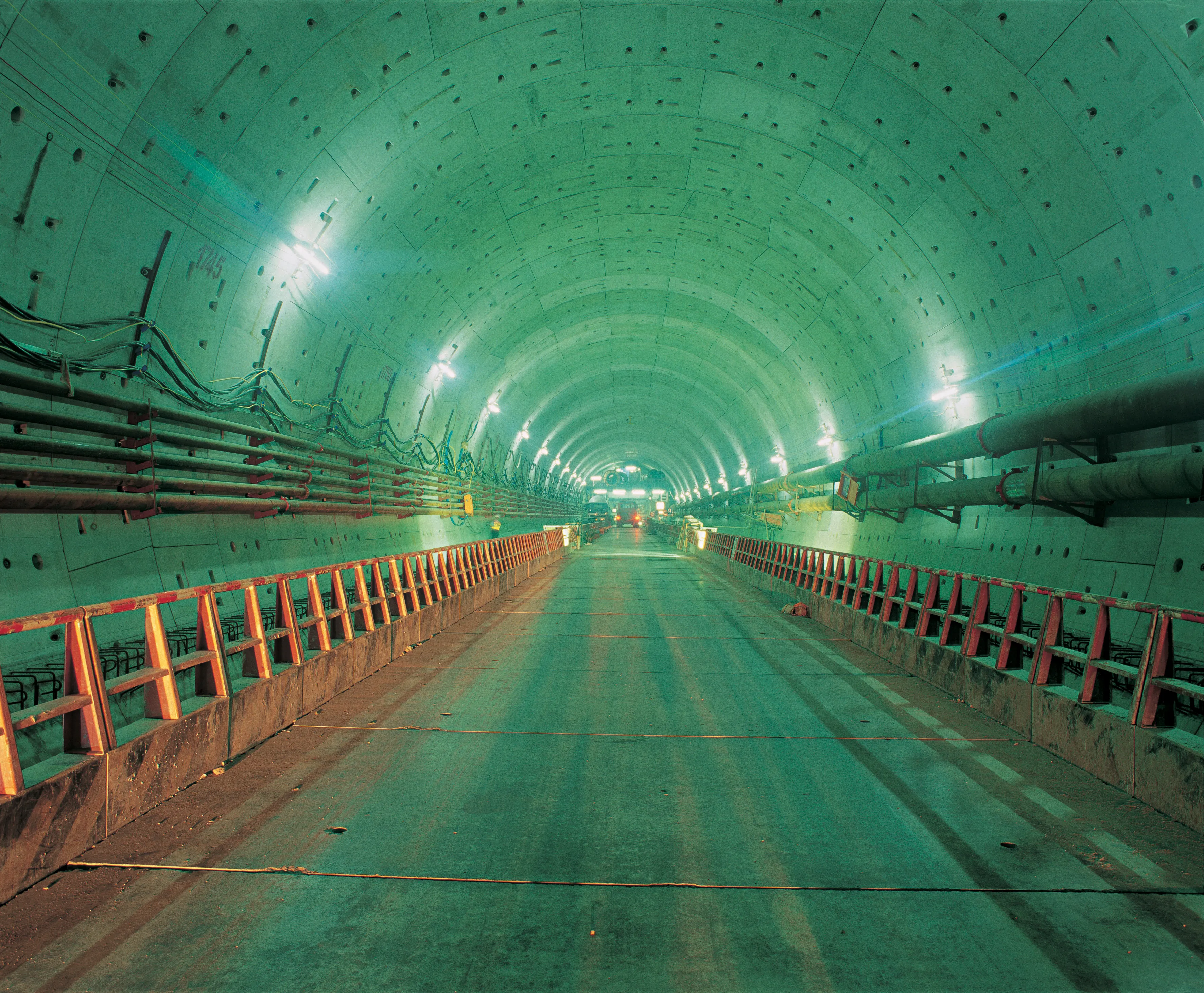Research from business intelligence specialist Timetric suggests that the market for infrastructure construction is growing fast in the Philippine. Timetric’s data shows that infrastructure accounted for 37.3% of the country’s construction sector and was worth US$9.6 billion in 2012. The market grew at a Compound Annual Growth Rate (CAGR) of 12.12% and is expected to reach a CAGR of 8.19% by 2017, having been boosted by the need to repair flood damage that occurred in 2012.
The country’s construction ind
September 3, 2013
Read time: 2 mins
Research from business intelligence specialist 7472 Timetric suggests that the market for infrastructure construction is growing fast in the Philippine. Timetric’s data shows that infrastructure accounted for 37.3% of the country’s construction sector and was worth US$9.6 billion in 2012. The market grew at a Compound Annual Growth Rate (CAGR) of 12.12% and is expected to reach a CAGR of 8.19% by 2017, having been boosted by the need to repair flood damage that occurred in 2012.
The country’s construction industry is highly dependent on imports of construction machinery. Several mega infrastructure projects are underway at present. The6316 National Economic and Development Authority launched an $8.3 billion flood management plan to improve drainage systems, river capacities and flood ways in Manila and neighbouring areas due to flooding in 2012. The plan is expected to be implemented in phases through to 2035.
Despite this, the Philippines has one of the lowest ratios of investment in physical infrastructure to GDP in Southeast Asia; consistently below 3% compared to the regional average of 5%. Lack of adequate infrastructure has been a deterrent for businesses trying to enter the Philippine market. The new government initiatives are expected to support the expansion of the infrastructure construction market over the forecast period.
The country’s construction industry is highly dependent on imports of construction machinery. Several mega infrastructure projects are underway at present. The
Despite this, the Philippines has one of the lowest ratios of investment in physical infrastructure to GDP in Southeast Asia; consistently below 3% compared to the regional average of 5%. Lack of adequate infrastructure has been a deterrent for businesses trying to enter the Philippine market. The new government initiatives are expected to support the expansion of the infrastructure construction market over the forecast period.







